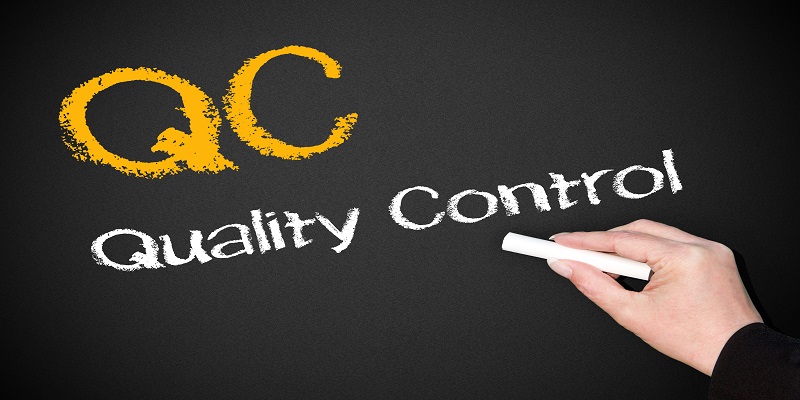
Seizo Onoe, TSB Director, ITU "Spreading Standards in Every Corner of the World"
2024/05/08
Interview with Seizo ONOE, Director of the Telecommunication Standardization Bureau, International Telecommunication Union (ITU)
The International Telecommunication Union (ITU) is the United Nations specialized agency for information and communication technologies, with its main duties being allocation of the global radio spectrum, development of the technical standards that ensure networks and technologies connect seamlessly, and improvement of access to digital technologies in underserved communities worldwide. In January 2024, Mr. Seizo ONOE became the first Japanese to take office as Director of the ITU Telecommunication Standardization Bureau.
The Telecommunication Standardization Bureau (TSB※1) is responsible for taking on the secretariat function (e.g., operating Study Group meetings and issuing ITU standards and other documents) of the ITU-T※2, which develops international technical standards.
We interviewed Mr. Onoe at the ITU office in Geneva about his vision as Director of TSB and the issues he is currently working on.
It has been about a year since you took office in Geneva. What is your impression of the city and how do you like living here? Do you have chances to visit other parts of Switzerland?
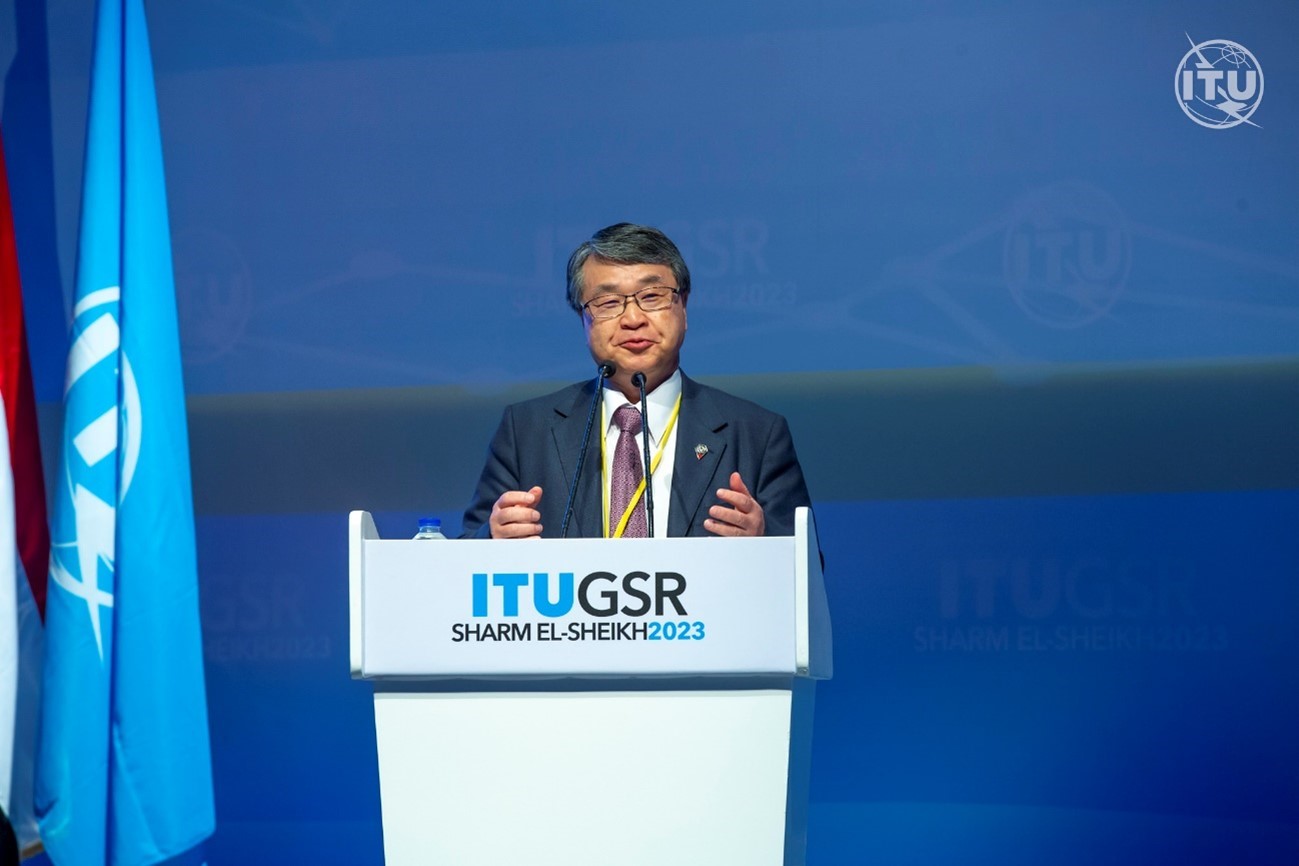
Seizo ONOE, Director of the Telecommunication Standardization Bureau, International Telecommunication Union (ITU)
It was in winter that I first came to Geneva, and I got the impression that it was cold and dark here. There were some inconveniences in the first month because I was still trying to settle down in the new environment, but now I am completely settled. I also know that Geneva has good seasons in a year and find the city to be compact and very convenient.
I have not had much time to travel around Switzerland, but last summer I went to the capital, Bern, and visited Einstein’s house. I’m thinking about visiting Charlie Chaplin’s house this year.
What is your impression of the ITU workplace?
I have the impression that we have a group of competent and motivated people from all over the world. According to the statistics of the staff’s countries of origin, while the largest number of staff members are from France, staff members come from various regions around the globe. I feel that this organization is diverse, with a good balance in terms of not only region but also gender and age.
Could you tell us the background on how you came to take office as Director of TSB?
At ITU, five electoral posts are chosen by vote of the Member States, and the election was publicly announced in September of the year before last. We had about six months to get ready for that, so I spent about a year and a half for the preparation, including the election period.
At the time, however, we were in the midst of the COVID-19 pandemic, and in the beginning, we could basically hold bilateral meetings with countries only online. As for how much we could communicate and see eye to eye online with people meeting for the first time, there were some quite difficult situations, but I think I could convey my intentions and opinions to a reasonable extent.
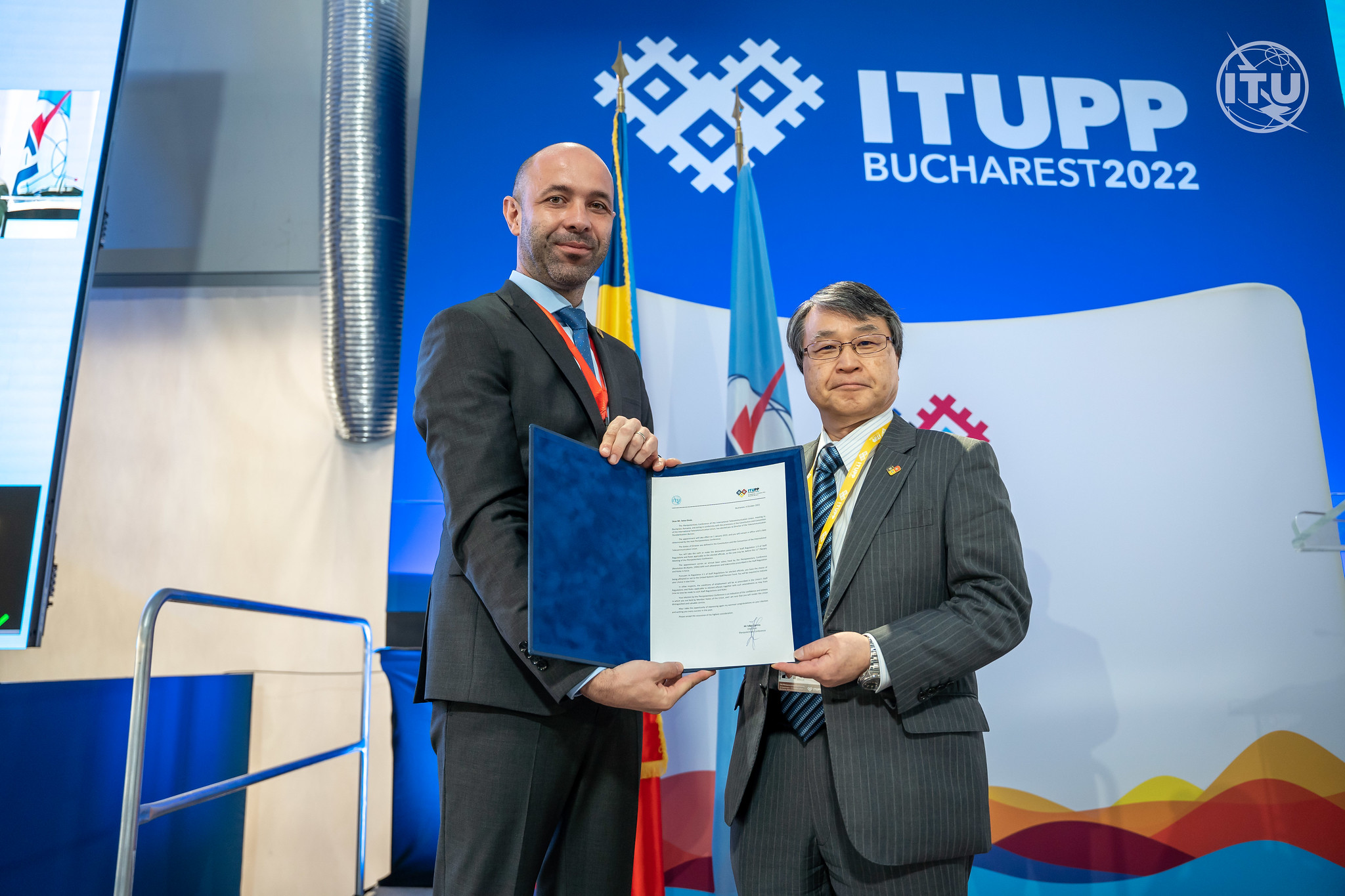
Before assuming the position of Director of TSB, what was the level of your involvement with standardization and ITU and how did you recognize them?
Standardization itself has been a big part of my job so far, but for me, standards are a kind of powerful tool to be used in business rather than something to be developed through promoting standardization.
Before coming to Geneva, I was focused on actually using the standards to operate as an industry rather than engaging in the development of international standards. I was particularly focused on cutting-edge technologies, and in retrospect, I might not have been fully aware of the role of ITU at that time. Today, I am reaffirming the significant role of ITU in spreading technologies around the world and reaching out to every corner of the globe.
Now, let's move on to the main topic. Could you please describe your vision as Director of TSB?
To start with, from the time of the election, I set what we call the “ONOE Commitment” with ONOE being an acronym representing four commitments.
The first O in ONOE stands for Outreach Worldwide, which is my ultimate goal. I believe that standards are meaningful only when they are widely used. The major theme of my vision is to spread standards around the world. The other three commitments (Open and inclusive, New ecosystem, Efficient and effective management) are the basic means to realize this.
Talking about why standardization is necessary in the first place, as technology spreads it creates healthy competition. Healthy competition and economies of scale reduce costs for companies and prices for consumers. As costs and prices decrease, popularization advances and markets grow. I think standardization refers to enabling this virtuous cycle to run. The simple term standardization also includes, for example, guidelines that describe evaluation methods. The more such standards are used, the more feedback they receive, and this can lead to having better representation. Again, I believe that the real value of standardization comes from using the standards. My vision is to spread standards around the world and to aim to have both developing and developed countries use the same standards.
In reality, there are a variety of situations, and in some cases, standardization is promoted for the sake of creating standards. I don’t deny the merits of all such cases, but I am personally not in favor of them. In my opinion, we should focus on what is really necessary in industry and basically place priority on developing standards that actually need to be used.
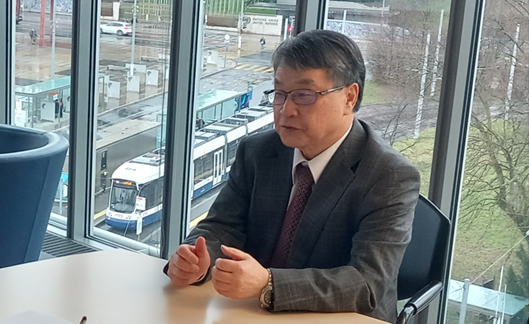
What must be done to “create standards that need to be actually used” and “spread them to all corners of the world”?
I feel we need to get industry even more involved. The reason why we must get more companies and industries involved is that in order for a standard to spread, it has to be implemented first and deployed.
When we think about who is playing the role of deploying standards, it is industry. We also know that industries will not move toward standardization unless a virtuous cycle is created in which companies do business by selling products with standards implemented, expanding markets, making products cheaper and encouraging everyone to use them, while earning profits for themselves. I think we need to create a world where everyone is happy like that.
Also, in terms of looking for standardization needs, I think it is very important for industries that actually use standards to participate in standardization activities. As far as the development of standards goes, the government, academia, and other stakeholders contribute to the development process, but from a technical perspective, the industry makes the most significant contribution. At ITU-T, we are currently having discussions on “industry engagement,” that is, how to get more companies and industries involved.
Could you share to the extent possible the contents of your ongoing discussions on “industry engagement.”?
To give one example, I hear companies say that they do not have the resources to allocate to standardization. Even if a person in charge of standardization in a company expresses their desire to be more involved in standardization, the company, of course, is thinking about how to allocate its limited resources, and so that desire is not always fulfilled. As such, we are discussing how we can explain to corporate managers the importance of standardization, providing them with firm reasons for participating in standardization activities.
In December last year, I hosted an event called “CxO Roundtable” in Dubai. CTOs and other Chief-level (C-level) executives gathered from around the world for a day of discussions on the future of standardization. In such a way, we are getting the management level involved to have everyone spend time together in examining the significance of standardization.
Currently, many organizations around the world are carrying out various initiatives. Could you share any initiatives you are working on in cooperation with other organizations?
There are various standards-making organizations today, which can make things quite complicated. This also leads to the topic of where a company allocates its limited resources to, which I mentioned earlier, and relates to the concerns of senior management. What companies dislike the most is facing redundancy such as when they need to send their staff to two different places only to find that the same tasks are conducted at both places. In order to avoid duplication and to optimize the situation as a whole, I believe it is necessary for each standardization organization to cooperate in maximizing efficiency as a whole.
In addition, because the technical field is wide, a single organization cannot handle everything. Different specialized fields have different organizations. This is why organizations on different axes, such as ISO and IEC, handle their own specialities. In most cases, there is proper division of roles and responsibilities, but in some cases the same technology is used for different purposes. For example, the information and communication technology industry has the need for image compression and other such technologies to reduce the amount of information to be sent and ensure efficient transmission, while also having the need to pack a lot of information into a small recording medium and compress the information for recording. Just because there are different uses for the same technology, it would be very inefficient for different organizations to work on it separately. In such a situation, I think we need to have a coordination function by which organizations cooperate and work together effectively, such as ITU’s very successful collaboration with ISO and IEC on the standardization of video-compression algorithms.
In the past, I have heard that there were situations where standardization organizations competed to undertake a responsibility or imposed the responsibility on another. Recently, however, I think organizations are handling things rather well. Organizations are holding joint meetings, holding meetings in the same region, creating a framework that allows the standards set by one organization to be adopted by others, and taking other creative approaches. Overall, I believe that multiple organizations must work to coordinate with one another to optimize efficiency.
In terms of detailed tasks, there is a framework called the Standardization Programme Coordination Group (SPCG※3) for coordination among ISO, IEC, and ITU when there are likely to be matters that require coordination or that overlap in the tasks performed by our three organizations. Another effort taken under a major framework is the initiative of communicating the importance of standardization jointly with other organizations. At the recent COP28, ISO, IEC and ITU held a joint session to show how standards contribute to environmental friendliness and sustainability. Frameworks have been put in place at various levels, from setting out such major courses of action to making detailed coordination.
Please tell us about the standardization activities and support for the use of standards in developing countries among other initiatives taken for the purpose of “Bridging the Standardization Gap.”
Efforts have long been made toward “Bridging the Standardization Gap,” for example, capacity-building activities in developing countries, and providing training on how to take part in standardization meetings. Since participating in meetings can be difficult for developing countries due to the costs involved, support is also provided by means of covering travel expenses and other such ways to make it easier for such countries to participate in standardization activities.
Although I feel that it is important to be involved in developing standards, I also find it necessary to focus more on how the standards are implemented and used in developing countries. For example, we are making some efforts to support people in the field that actually use the standards in developing countries. I think it is important to more actively expand similar efforts and help the necessary standards to become established around the world.
You mentioned about COP28 earlier. Could you share the themes that the ITU-T is currently focusing on and new initiatives, such as measures for sustainability?
Sustainability is a very hot topic and one on which we should focus. We already have a study group (standardization expert group) dedicated to environmental sustainability. At ITU-T, there is also a framework referred to as the “focus group.” This is more in a preliminary phase for standardization and is a mechanism to examine how to standardize a technology going forward, what to standardize in the future and so on. While study groups hold discussions exclusively among ITU members, focus groups are non-exclusive-format groups in which participation is open also to non-ITU members. There is a relatively new focus group on the “metaverse,” which is now attracting the attention of the world, and is bringing in many participants.
This reflects how high the level of public interest is, and I think it is very important to determine the direction in which we should lead the discussions going forward. We are also working on another initiative called “AI for Good.” This initiative has been continuing to have keen discussions over the past five to six years under the theme of how AI can help realize the United Nations Sustainable Development Goals. As a result, opportunities have emerged to discuss the use of AI in specific fields, such as agriculture, natural disasters, and health care, and activities are progressing in cooperation with other international organizations such as WHO.
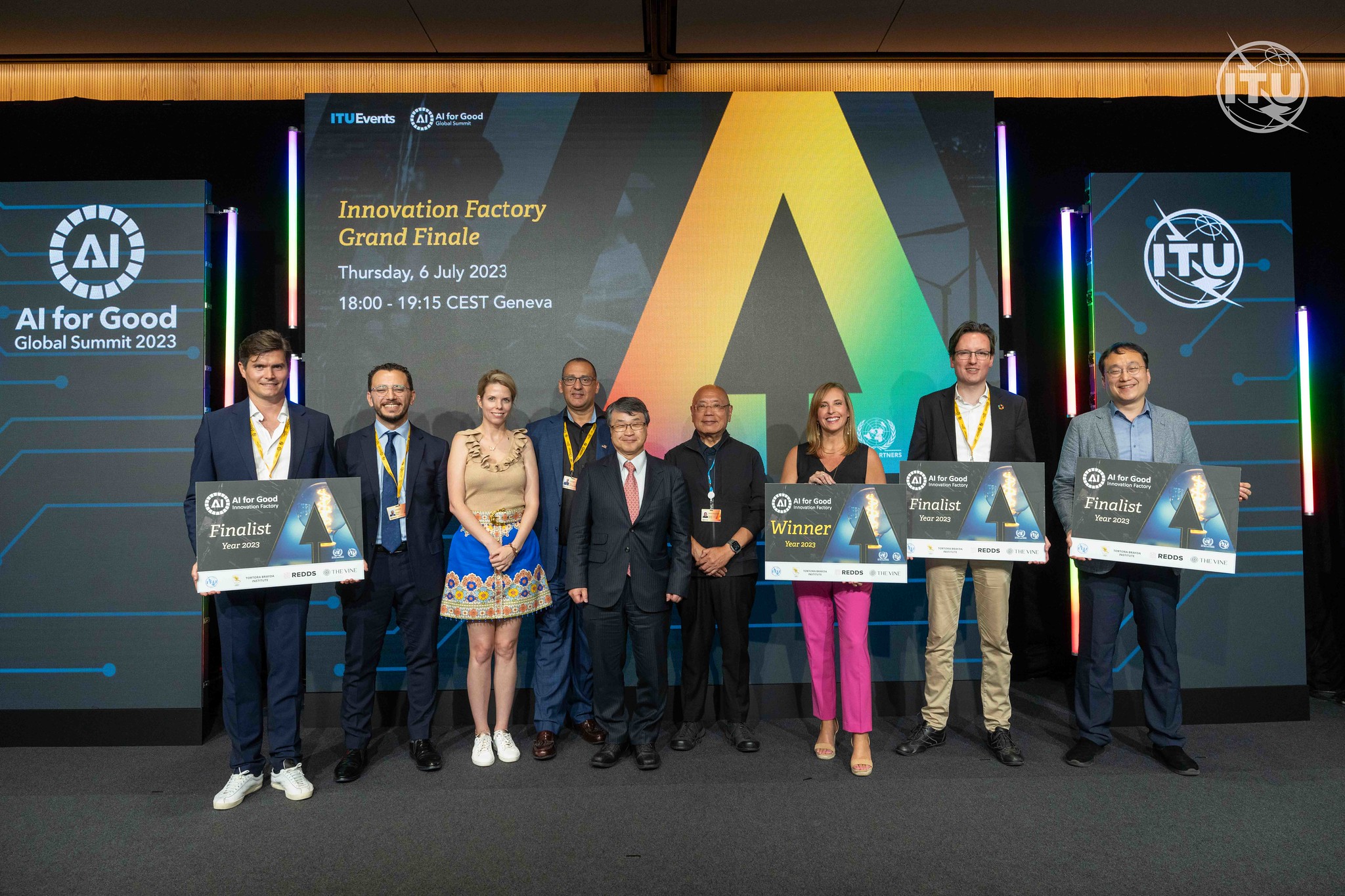
Another activity we are focusing on is our initiatives for academia. In the world of academia, IEEE is well known. It seems that academia is quite important for people in developing countries. Even people who say, “There is no industry in my country,” have expectations for academia. I believe that ITU can serve as the IEEE of developing countries, and I am reminded that we should also focus on the activities of academia.
On the other hand, it would not be good if academia comes to conduct “research for the sake of research,” and a mechanism for properly connecting research results to industry activities is necessary. Therefore, the initiative referred to as the ITU Journal Webinar Series, which was originally conducted mainly by academia, has started a new series in which industry CTOs are invited to speak. I am confident that this was possible because of the connections I have in the industry, and I hope I can create a new stimulus through promoting interactions between academia and industry.
Conclusion
I will continue to work on various initiatives, aiming firmly at my vision, which is securing “standards that are used” and “standards that are spread around the world.”
[Tomoyuki Endo, JETRO Geneva/JSA Representative Office]
※1 Telecommunication Standardization Bureau
※2 InternationalTelecommunicationUnionTelecommunicationStandardizationSector
※3 Standardization Programme Coordination Group

Director of the Telecommunication Standardization Bureau, International Telecommunication Union (ITU).
He served in many key positions such as CTO and Executive Vice President of NTT DOCOMO, President and Representative Director of DOCOMO Technology, Inc. and Chief Standardization Strategy Officer (CSSO) of Nippon Telegraph and Telephone (NTT) Corporation. Known in the industry as the “father of LTE (Long-Term Evolution),” he helped upgrade the wireless broadband standard for mobile devices and networks.

